Image: Our boat in port at Skagway
Fri 20 September 2024
Post 4 of 4
Alaska Inside Passage & Vancouver
I was grateful to leave NYC – there is too much hustle and not enough authenticity for me. It was a beautiful day for flying so I was glued to the window as we flew across Niagara Falls and along the Canadian/USA border and the Rocky Mountains, where there were still bushfires burning, to Vancouver.
From Vancouver we boarded a 2000 bed cruise ship to explore the Alaska Inside Passage. It was my first multi-night cruise and I was focused on being openminded – it was only 7 days after all. Our compact but comfortable room was in the nose of the ship on the ground floor which meant we weren’t conveniently located to anything so we got our steps up just by going to breakfast. Our fellow passengers were mostly over 50yo whitey Americans and Canadians.
I learnt that the ship collects consumption and activity data about all of its passengers to then profile future passengers and estimate food and drink preferences and consumption habits by age, sex and nationality. I was impressed by how well the ship operated as a floating town including the range of activities to keep people entertained – movies, live music, comedy shows, quizzes, painting, flower arranging, sports, pool and spa, games room, a library, shops, a beauty spa, casino and lots of eating. I enjoyed the documentaries about Alaska and its Indigenous people, history, landscape and wildlife. There are 231 recognised Indigenous tribes in Alaska!
The 650 staff on the boat represented 38 different nationalities doing jobs as diverse as chef, tailor, engineer, masseuse, singer and cleaner. The ship’s Wildlife Officer was a 26yo American who had signed up for the whole summer cruising season – she was on her twelfth Inside Passage cruise in a row with 2 to go before sailing becomes too risky with the onset of winter. The kitchen and cleaning staff, who were mostly Indonesian and Filippino, were generally on 10 month contracts, followed by a 3 month break at home. Our particular ship went through 113kgs of chicken a day, had recycling and composting facilities on board, and all water used on the ship for drinking, cooking, washing, cleaning etc is desalinated water drawn from the ocean as the ship sails. The water was delicious.
The cruise was all in USD, with an 18% tax on purchases plus $25 per day per person service charge. They offered a drinks package which, when I crunched the numbers, meant we would have to drink $75 worth of alcohol a day to get our money’s worth. Instead we were regulars at the 4-5pm half price happy hour – so kept our booze cost to $20 a day.
Using the gym on the boat was quite the experience. It was heated to suit older people who don’t crack a sweat when exercising which meant I was dehydrated in a flash. Then I got seasick using the elliptical and the rowing machines – trying to go forward while the boat was rocking sideways was unpleasant!
The weather wasn’t awesome with heavy rain some days and low cloud constantly hindering our views. Top temperatures were between 7 and 11 degrees. I could usually be found out on the decks or by the windows looking at glaciers, humpback whales, orcas, mountain goats and sea lions, and looking for bears, moose and wolves. The sea otters were probably my favourite – they were very playful and carry their babies on their chest while swimming on their backs.
Off the boat, we visited Juneau – Alaska’s capital with no roads connecting it to anywhere. The usual population is about 32k people so with 5 cruise ships in port at once, the population swelled to 50k for about 8hrs. Mind blowing.
Skagway is a town of about 10 x 10 streets and a population of 1000. We really enjoyed hearing about the Klondike Gold Rush of the 1890s from the national park rangers and learning about how people survive the Alaskan climate. I needed some nature time to break up the floating RSL time, so hiked up a mountain at the back of Skagway and found lots of interesting fungi.
Ketchikan was our last stop in Alaska. Home to about 8000 people who spend long long days fishing for salmon in the summer to then hibernate in the winter. Ketchikan is situated around a creek that sees thousands of Atlantic salmon spawn each year. We were mesmerised watching hundreds of salmon jostle and jump to swim upstream and up a salmon ladder to spawn before they carked it. Many of the salmon appeared to be decomposing in front of our eyes – because their sole focus is on reaching the spawning grounds and reproducing, they stop eating and rely on stored energy to get them to their destination, changing the appearance of their shiny scales. Generally, the salmon die after the eggs are laid and fertilised, leaving many decomposing bodies (and a stench) to feed the local ecosystem. Read more about salmon spawning here.
We also visited a shop in Ketchikan where the owner spends the Alaskan summer in Ketchikan selling Australian opals to cruise ship visitors and then the rest of the year in Cooper Pedy mining opals! Interestingly, Alaska has 400 airports and 240 towns, and 1 in 70 Alaskan adults have their pilot’s licence given the remote conditions people live in – boats and cars are not a lot of use between October and April when the snow and ice is thick on the ground.
The final day of our trip was spent on Grouse Mountain in Vancouver being tourists enjoying the lumberjack show and the resident bears – Grinder and Coola! There is even a Bear Den Cam to keep an eye on them during their hibernation. We saw our cruise ship head out with its next load of passengers, going to do the trip again…
At the end of 7 amazing weeks we were totally looking forward to Australian weather, food, wine and no taxes or tipping!
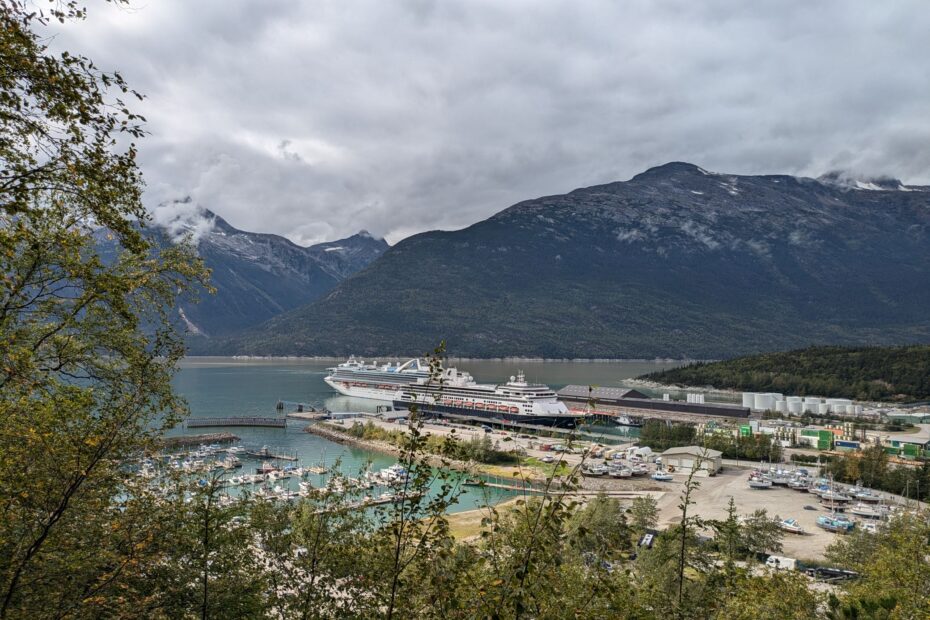


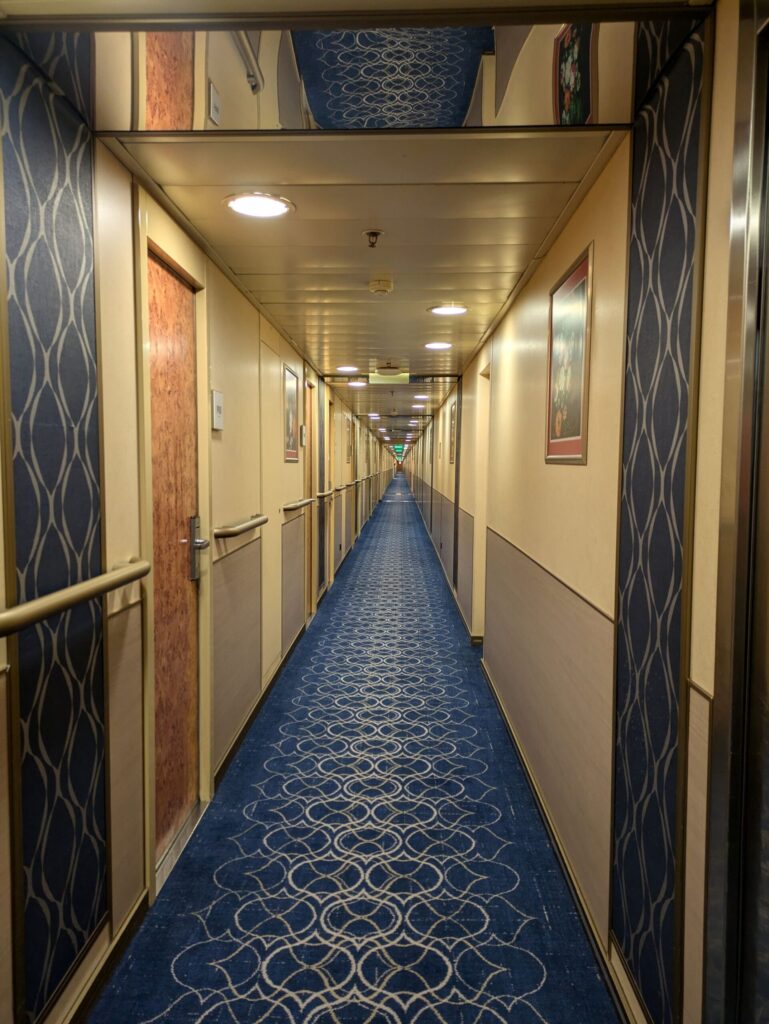
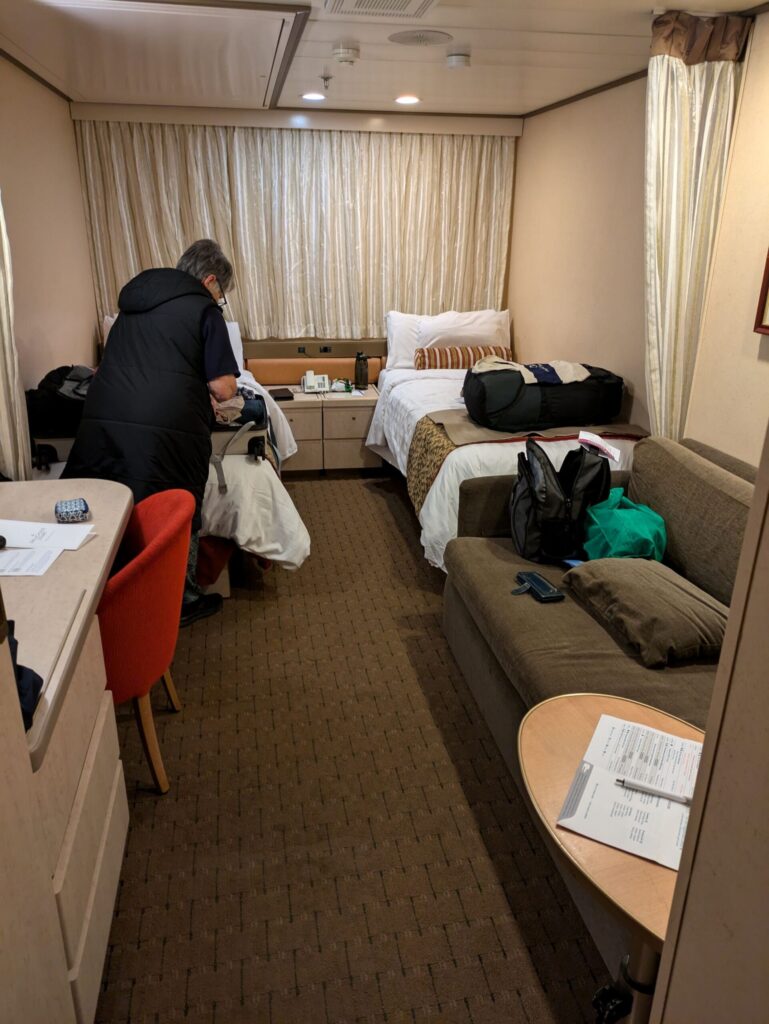
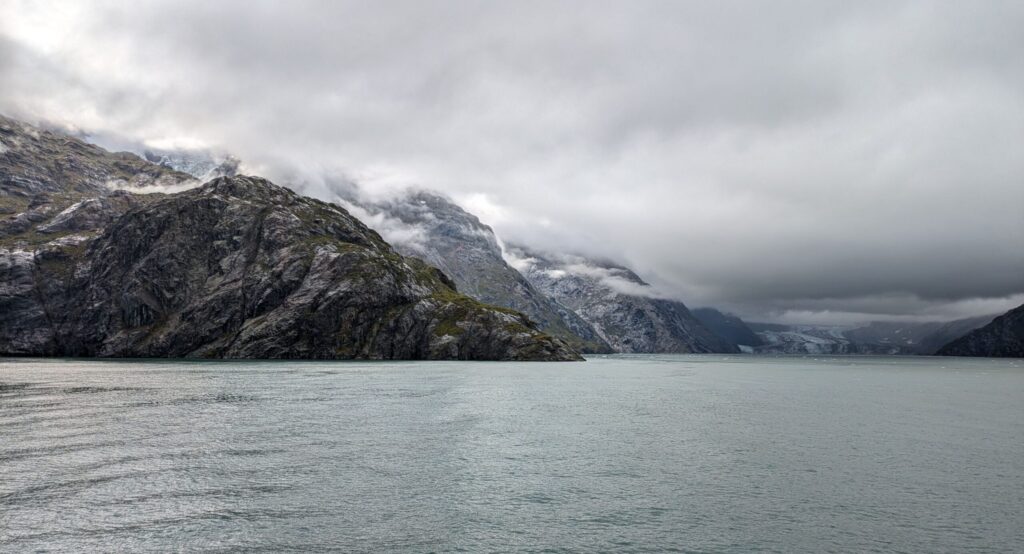
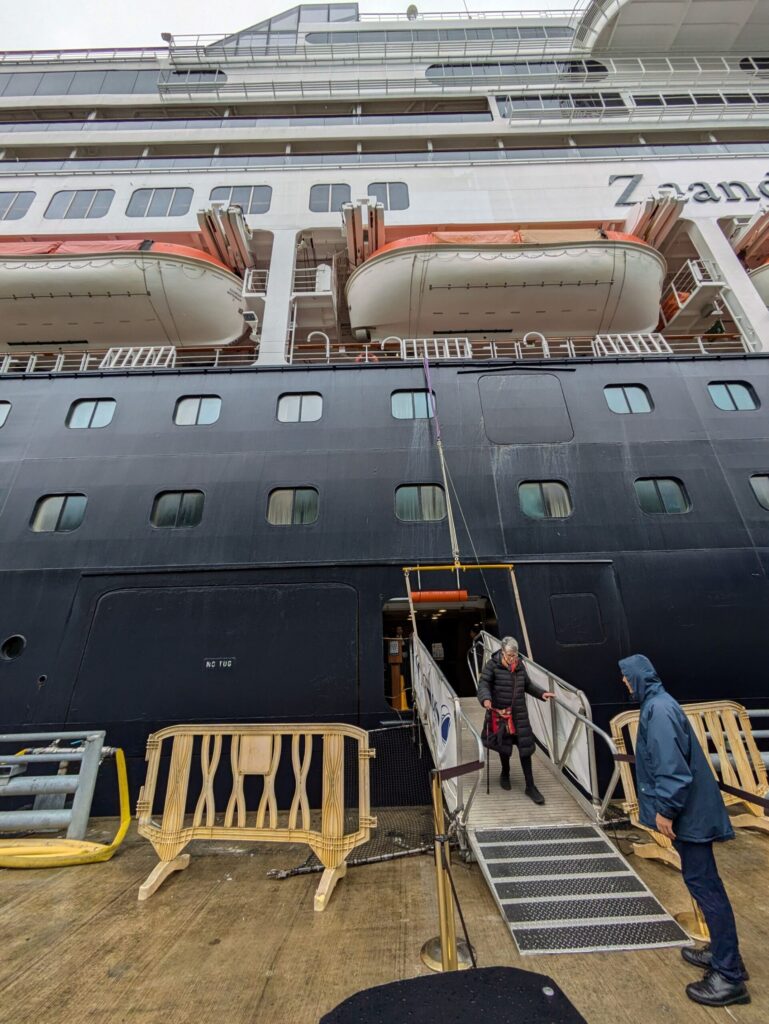
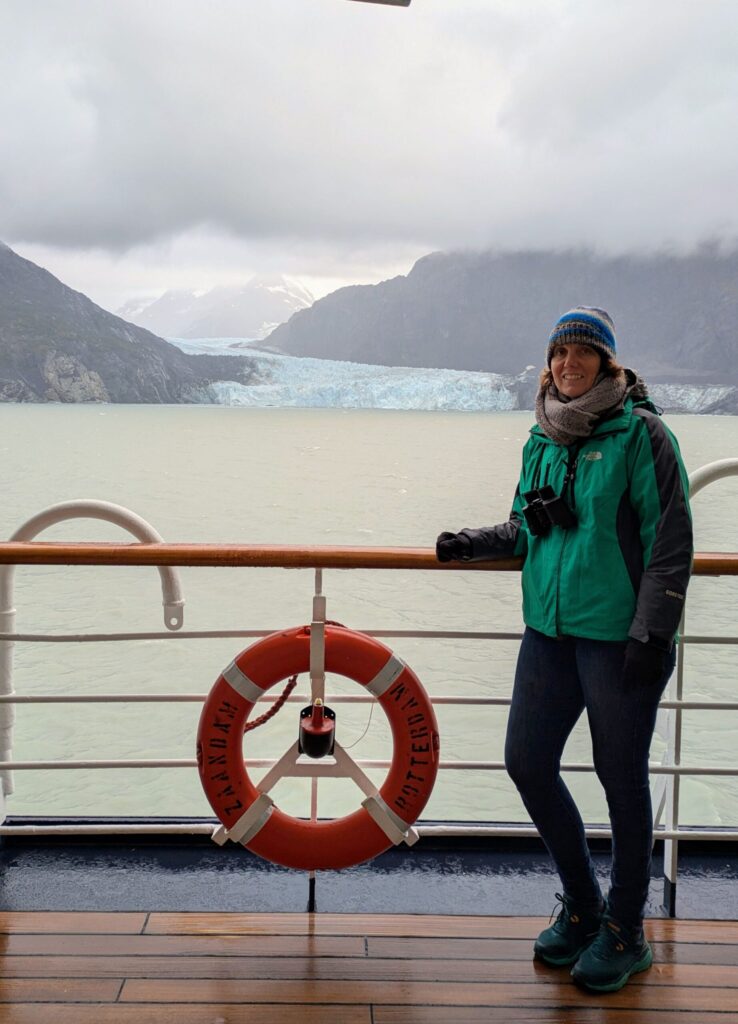
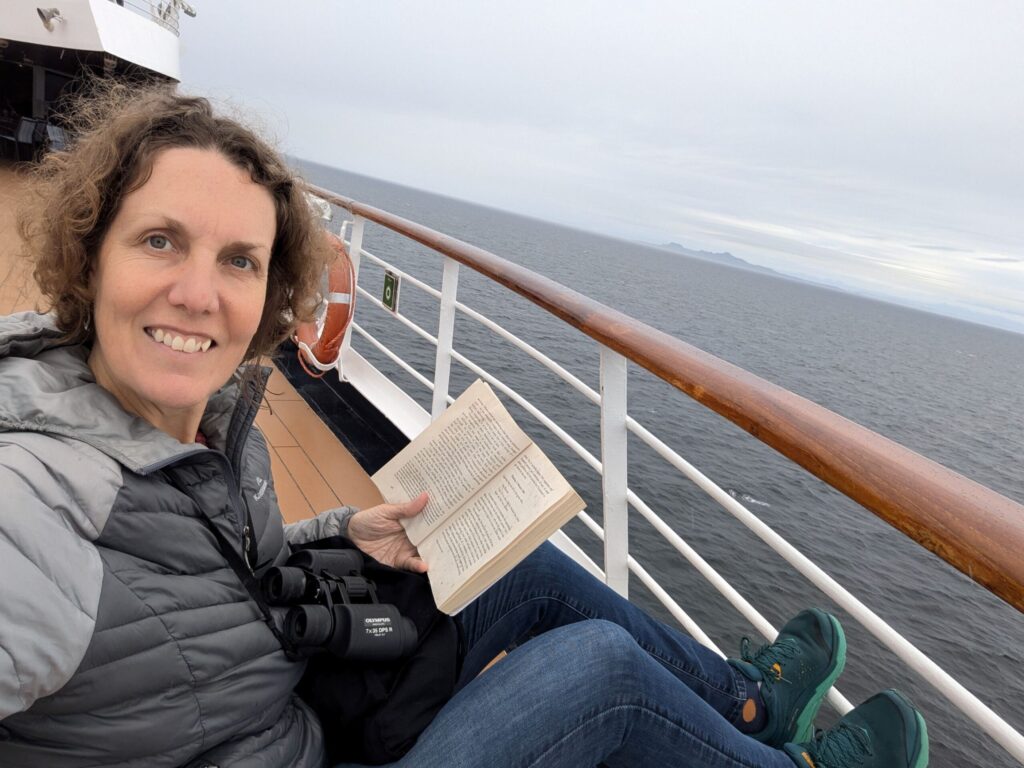

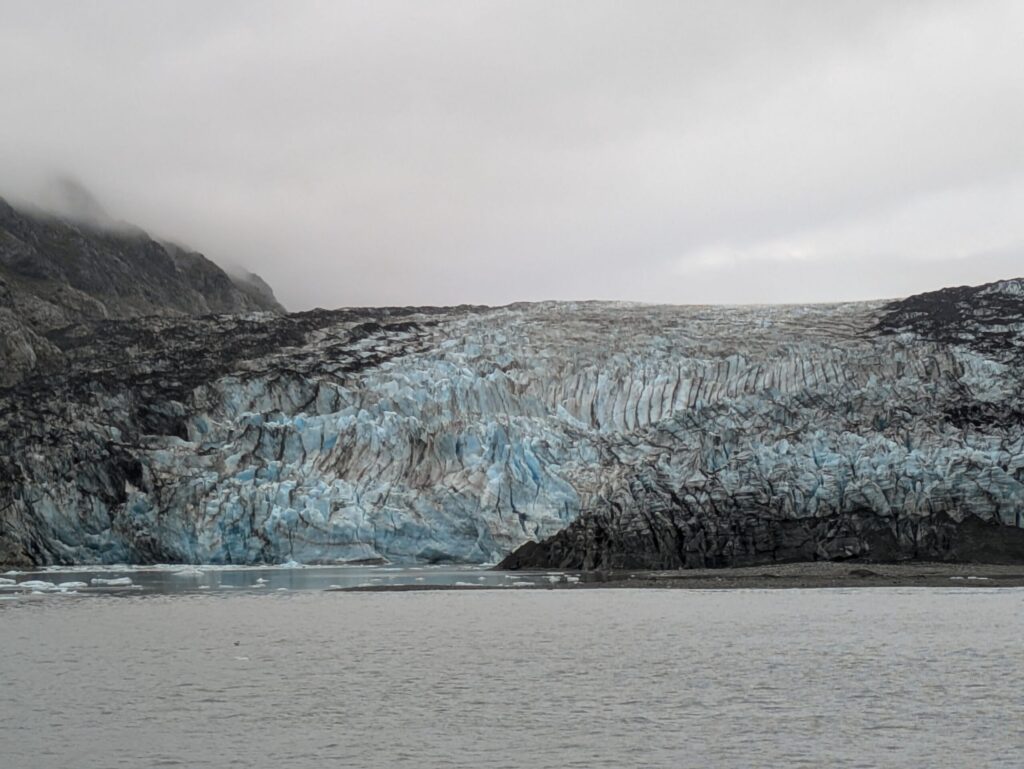
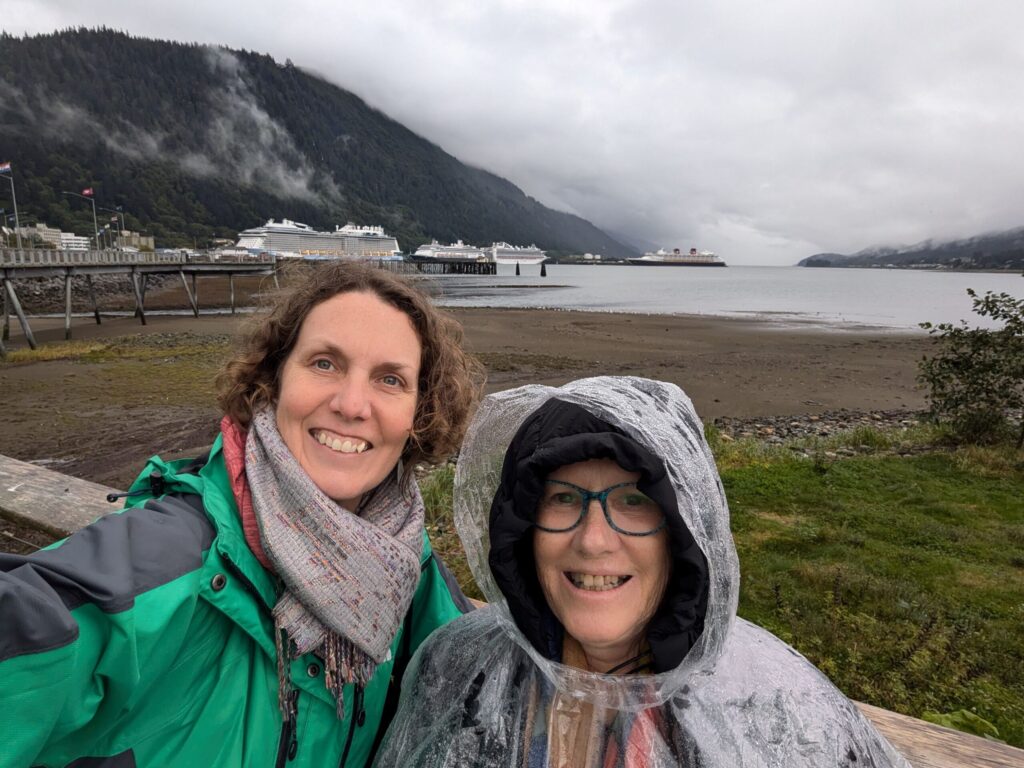
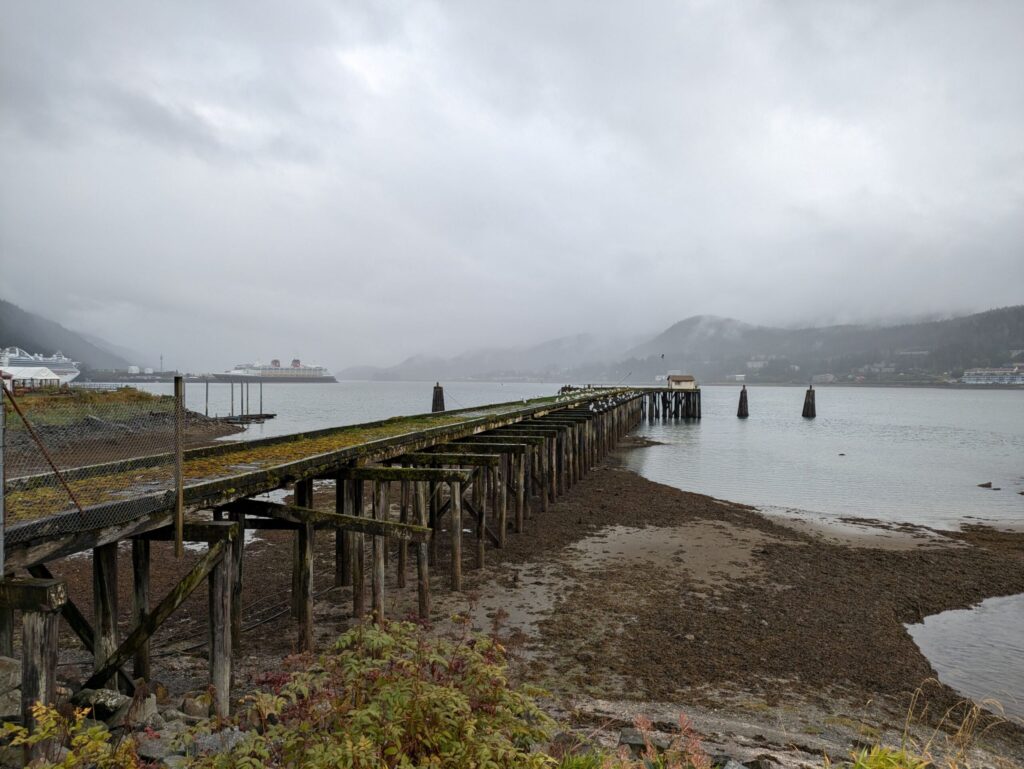
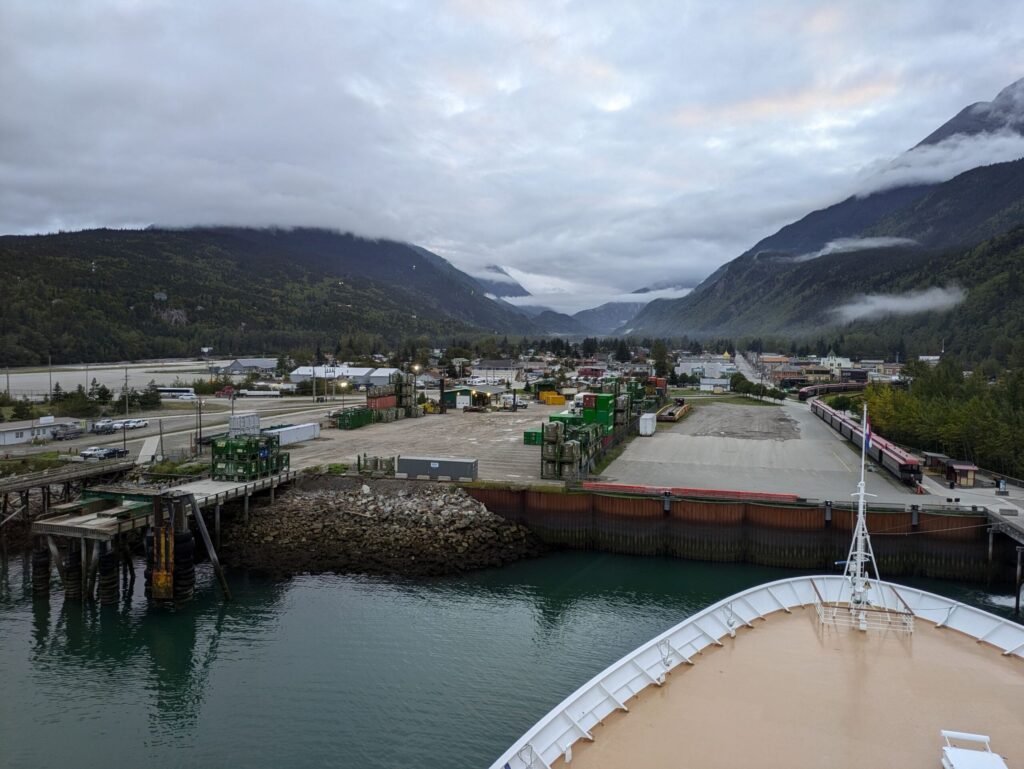

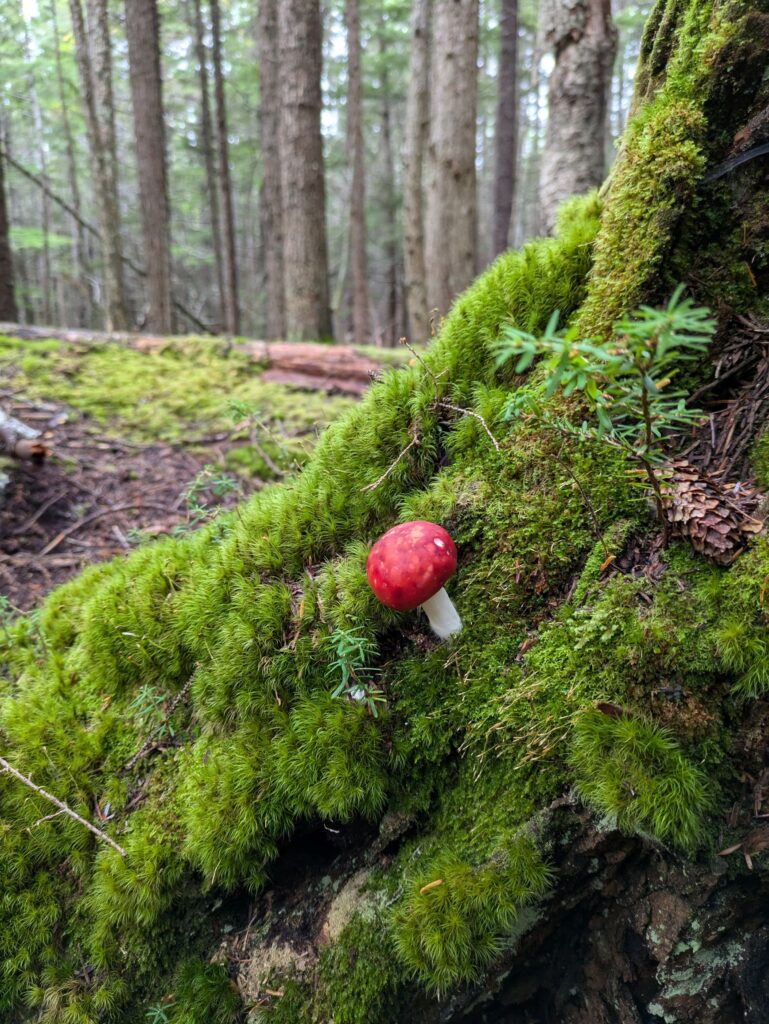
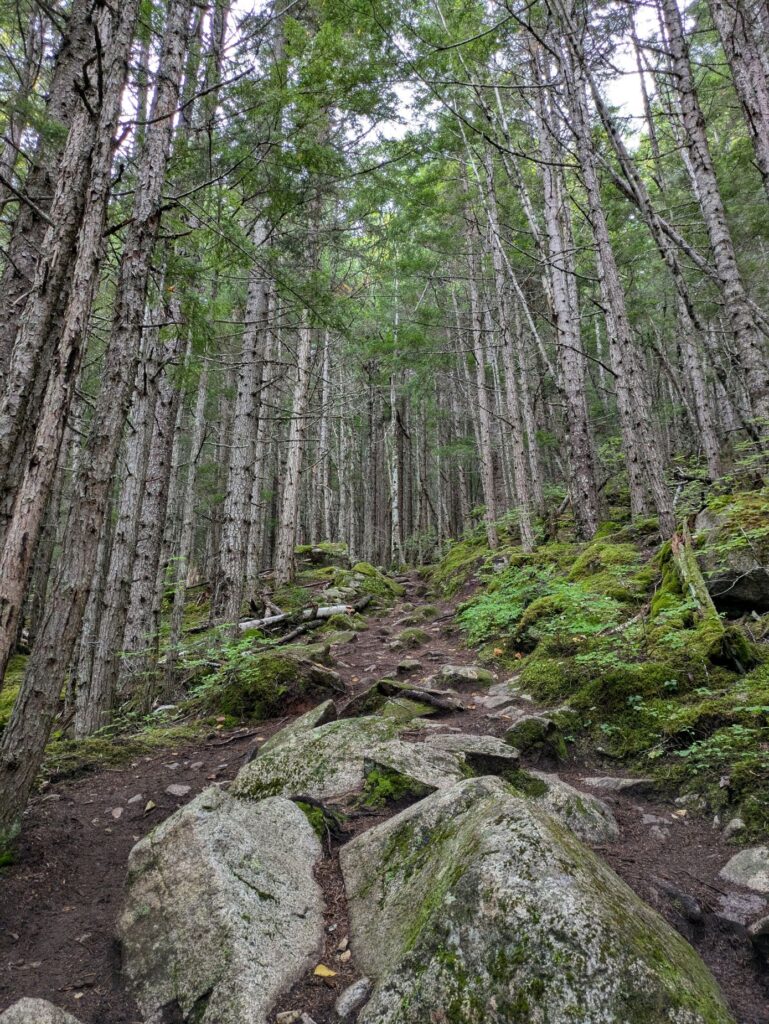
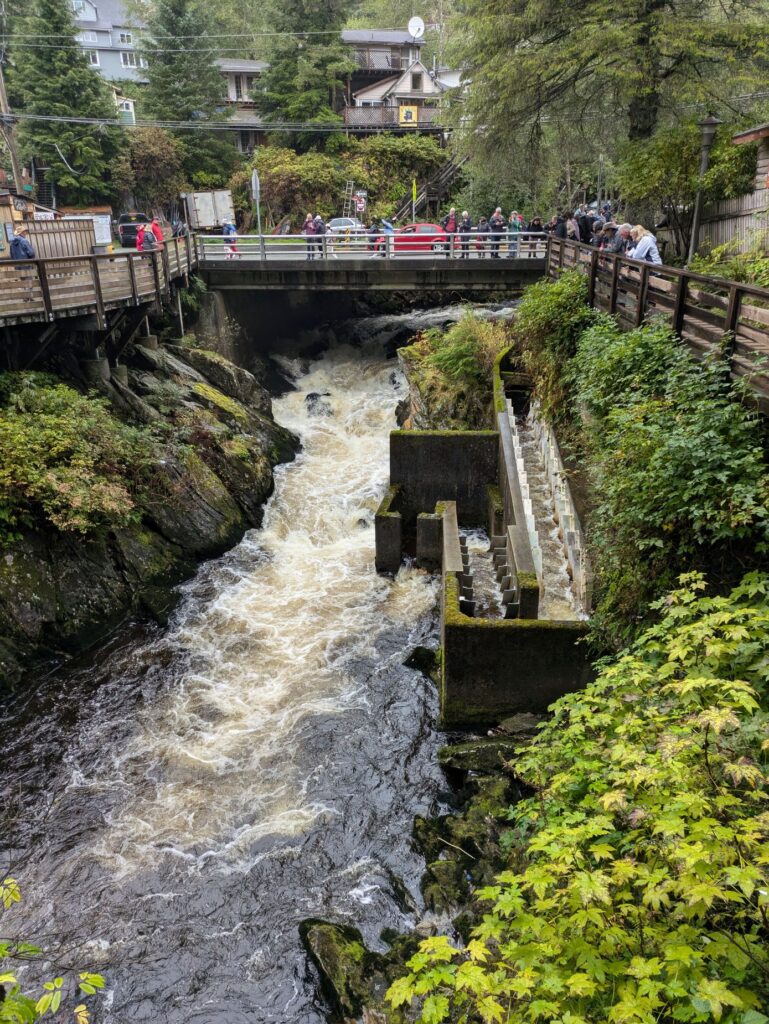


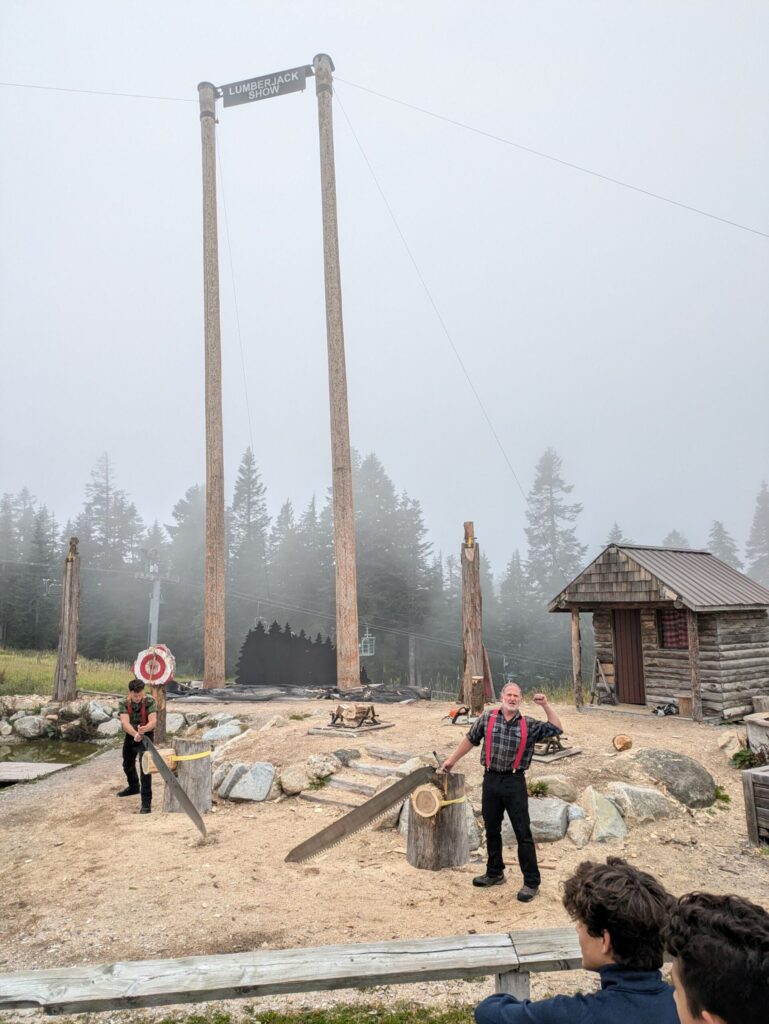
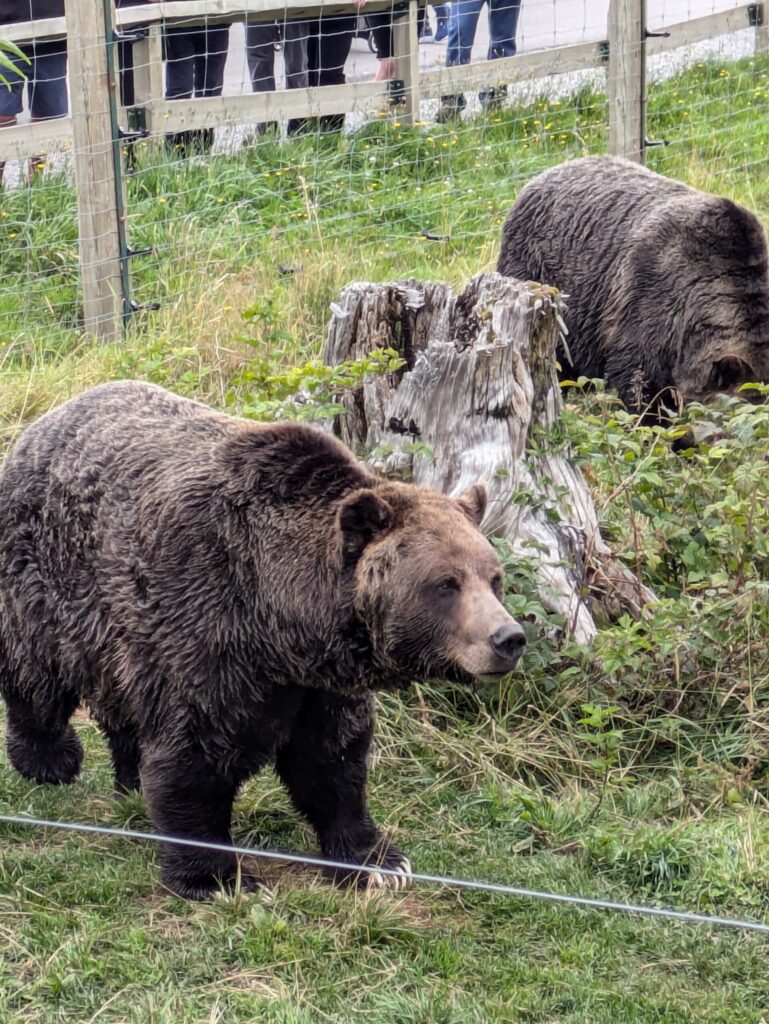
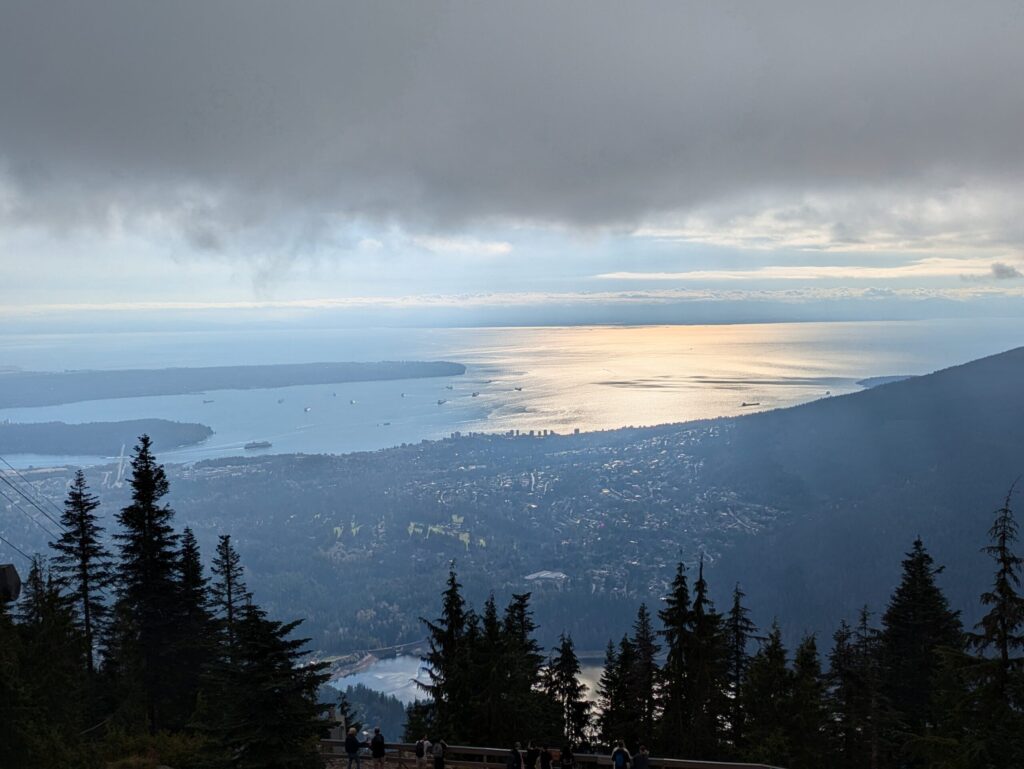
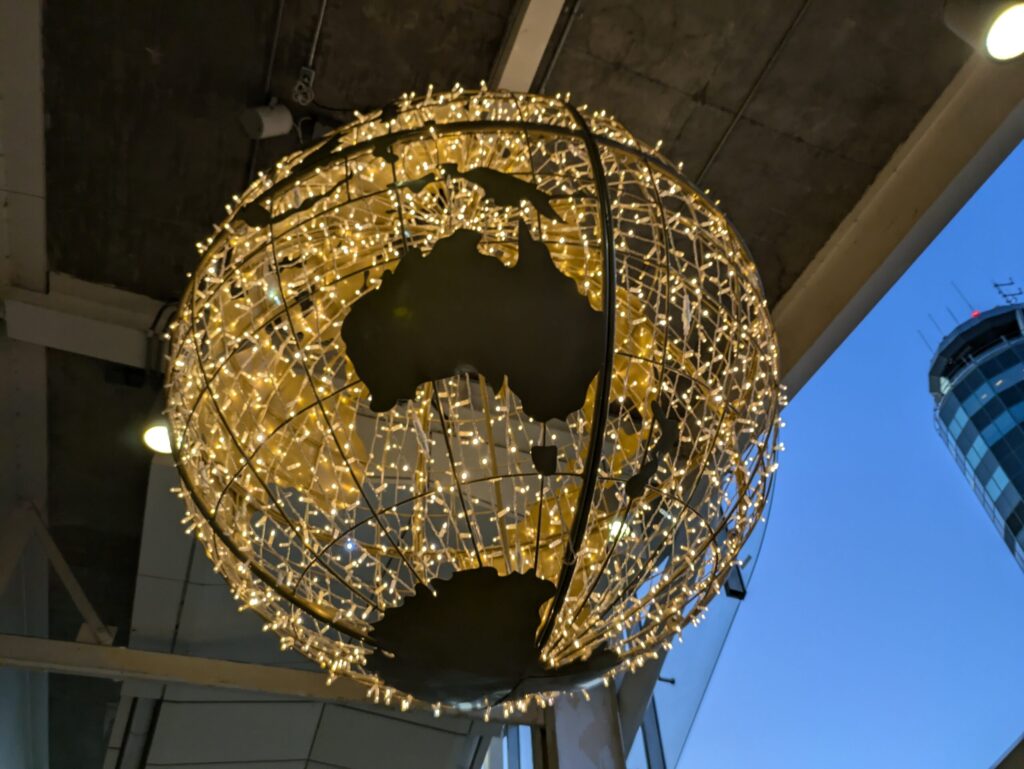
Enjoyable as always!